Waste Management (NYSE: WM) recently released its Q1 earnings, presenting a mixed bag of results that investors should carefully evaluate before making any decisions. While the non-GAAP EPS exceeded expectations by $0.08 (a 5% beat) and was reported at $1.67, the company’s revenue missed estimates by $90 million, despite experiencing a 16.5% year-over-year growth.
Looking ahead to Q2, projections indicate further financial improvements:
- Expected revenue: $6.40 billion
- Projected EPS: $1.90
Despite these positive trends, it's crucial to determine whether WM stock is currently trading at fair value or overvalued. To get a clearer picture, let's perform an intrinsic valuation analysis using three different models.
Intrinsic Valuation Analysis
Graham’s Formula
The first valuation model applies Graham’s formula, which calculates intrinsic value based on future EPS growth rates. A key factor in estimating future EPS growth is reviewing historical trends.
Looking at Pillar One, Waste Management’s EPS has grown from $3.52 in 2020 to $6.81 in 2024, reflecting a 5-year compounded annual growth rate (CAGR) of 14.57%. Given this historical performance, the following growth assumptions were made:
- High growth estimate: 18%
- Medium growth estimate: 15%
- Low growth estimate: 10%
This results in an average future growth rate of 14.33%. Combining this with the 5-year average EPS of $5.97, Graham’s formula calculates an intrinsic value of $158.66, which is 31% lower than WM’s current trading price of $230.
Discounted Cash Flow (DCF) Model
The DCF model evaluates intrinsic value based on projected free cash flow growth. Examining historical data, WM’s free cash flow increased from $1.7 billion in 2020 to $2.1 billion in 2024, resulting in a 5-year CAGR of 7.37%.
Applying growth estimates:
- High: 9%
- Medium: 7%
- Low: 5%
This predicts a future free cash flow CAGR of 7%.
To discount future cash flows to present value, the following discount rates were used:
- High: 8%
- Medium: 7%
- Low: 4%
With an average discount rate of 6.33%, the DCF model calculates an intrinsic value of $119.89, far below the current $230 stock price.
Dividend Discount Model (DDM)
The DDM model assesses valuation based on future dividend growth. Waste Management has maintained steady dividend increases, allowing us to estimate growth rates:
- High dividend growth: 6%
- Medium dividend growth: 5%
- Low dividend growth: 4%
With an average growth rate of 5% and a discount rate of 6.33%, this model gives an intrinsic value of $260, slightly above WM’s current stock price.
Final Verdict: Is WM Overvalued?
By averaging the results from the three valuation models, we arrive at an ultimate intrinsic value of $180.62—21% lower than the current trading price.
Applying a 10% margin of safety, the acceptable buy price would be $162.56.
What Does This Mean for Investors?
- New investors: Consider waiting for WM’s stock price to drop before buying, as the intrinsic valuation suggests overvaluation.
- Current shareholders: Holding may be a reasonable strategy, given expected revenue and earnings growth.
While Waste Management remains a strong business with consistent growth, buying at its current price may not offer the best value. Waiting for a better entry point might be a more prudent move.
Conclusion
Even with an earnings beat, WM’s valuation suggests overvaluation at current prices. That doesn't mean it's a bad investment—it just means timing matters. If you're considering adding Waste Management to your portfolio, waiting for a pullback could lead to better returns.
Let me know what you think! Would you buy WM now, or wait for a dip?
More Stocks Similar to Waste Management
| Company Name |
Stock Symbol |
Why It's a Strong Alternative to WM |
| Republic Services |
RSG |
Republic Services has a strong market presence and comparable waste management operations but offers slightly better dividend growth and stability. |
| Waste Connections |
WCN |
Waste Connections operates with a more diversified revenue stream, including recycling and environmental services, making it a resilient choice. |
| Clean Harbors |
CLH |
Clean Harbors specializes in hazardous waste disposal, giving it an edge in regulatory-driven demand and environmental services. |
| Casella Waste Systems |
CWST |
Casella Waste Systems focuses on sustainable waste solutions, benefiting from increasing ESG investment trends. |
| GFL Environmental |
GFL |
GFL Environmental has a strong presence in North America with aggressive expansion strategies, making it a high-growth alternative. |
https://youtu.be/aphi4Y2nKAg?si=T3CWwmmTUIYJVOoT


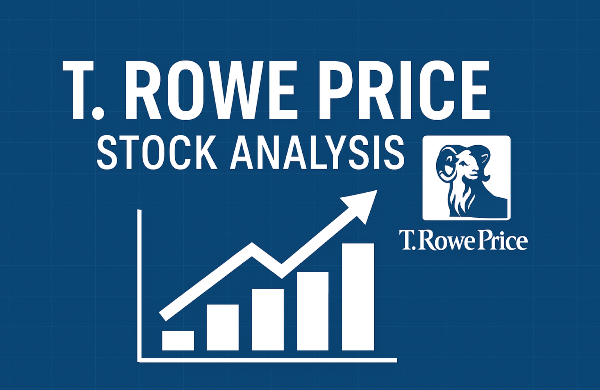
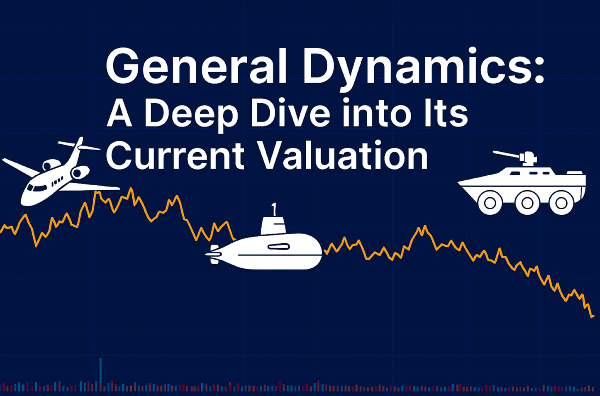

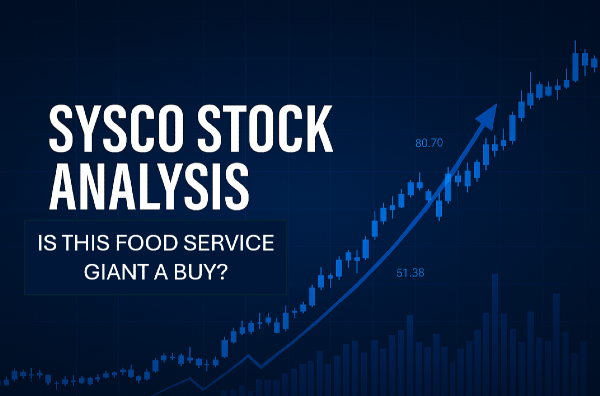
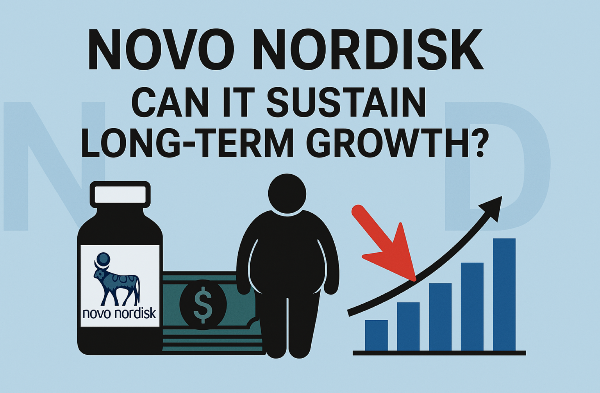

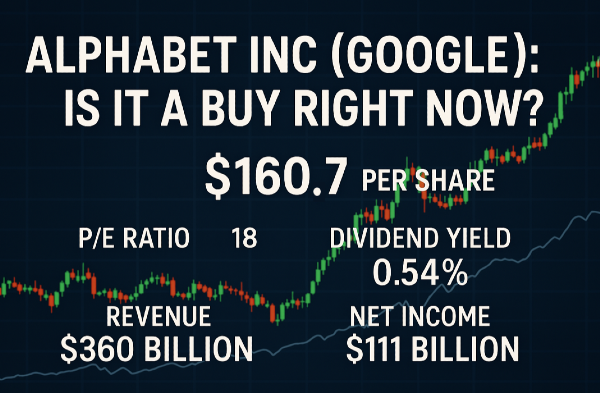


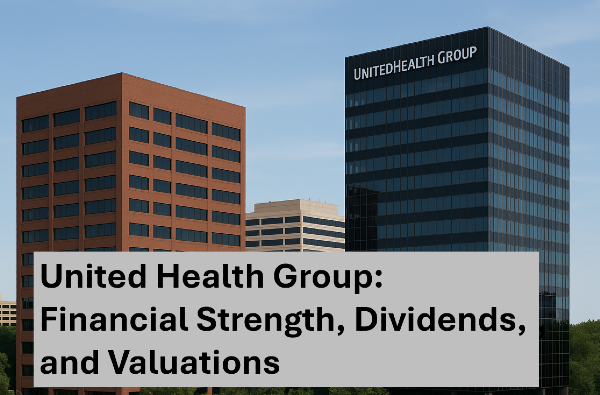
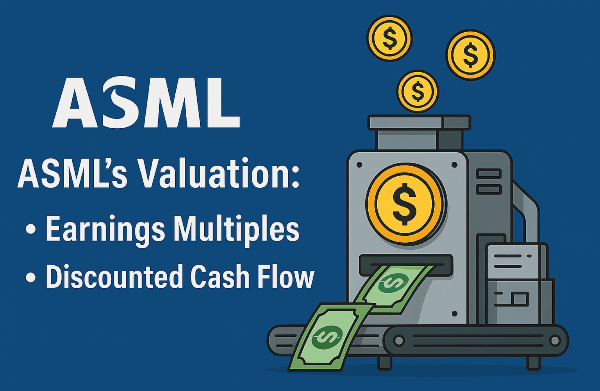

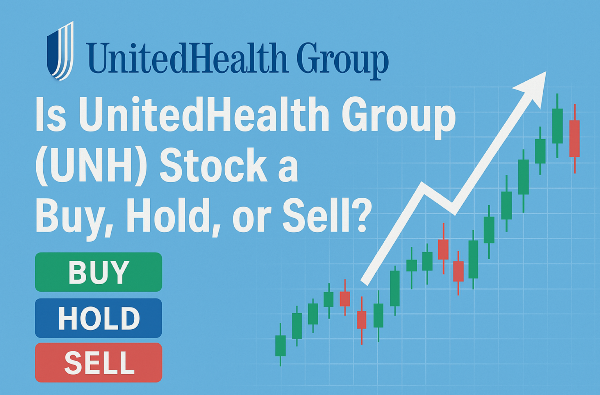
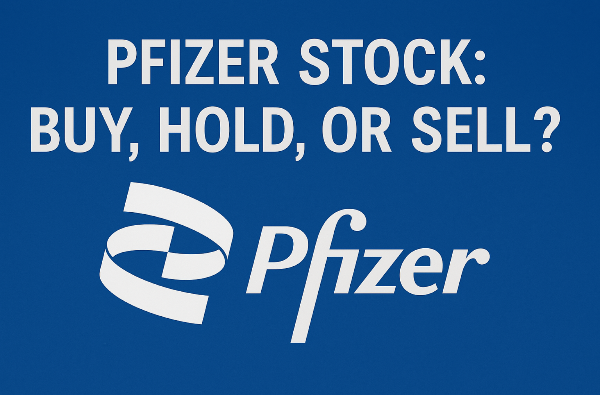

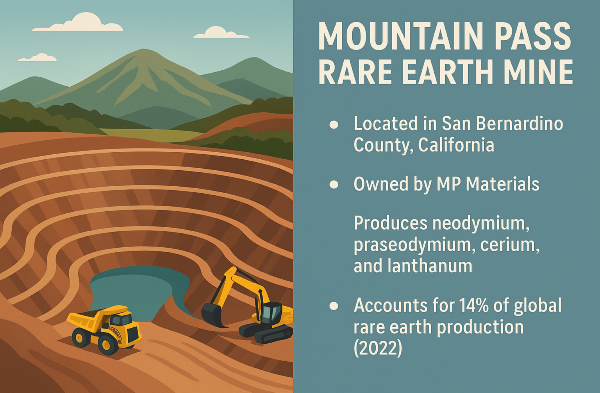
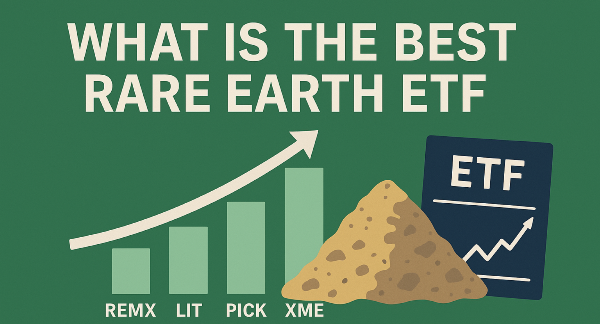










Waste Management (NYSE: WM) recently released its Q1 earnings, presenting a mixed bag of results that investors should carefully evaluate before making any decisions. While the non-GAAP EPS exceeded expectations by $0.08 (a 5% beat) and was reported at $1.67, the company’s revenue missed estimates by $90 million, despite experiencing a 16.5% year-over-year growth.
Looking ahead to Q2, projections indicate further financial improvements:
Despite these positive trends, it's crucial to determine whether WM stock is currently trading at fair value or overvalued. To get a clearer picture, let's perform an intrinsic valuation analysis using three different models.
Intrinsic Valuation Analysis
Graham’s Formula
The first valuation model applies Graham’s formula, which calculates intrinsic value based on future EPS growth rates. A key factor in estimating future EPS growth is reviewing historical trends.
Looking at Pillar One, Waste Management’s EPS has grown from $3.52 in 2020 to $6.81 in 2024, reflecting a 5-year compounded annual growth rate (CAGR) of 14.57%. Given this historical performance, the following growth assumptions were made:
This results in an average future growth rate of 14.33%. Combining this with the 5-year average EPS of $5.97, Graham’s formula calculates an intrinsic value of $158.66, which is 31% lower than WM’s current trading price of $230.
Discounted Cash Flow (DCF) Model
The DCF model evaluates intrinsic value based on projected free cash flow growth. Examining historical data, WM’s free cash flow increased from $1.7 billion in 2020 to $2.1 billion in 2024, resulting in a 5-year CAGR of 7.37%.
Applying growth estimates:
This predicts a future free cash flow CAGR of 7%.
To discount future cash flows to present value, the following discount rates were used:
With an average discount rate of 6.33%, the DCF model calculates an intrinsic value of $119.89, far below the current $230 stock price.
Dividend Discount Model (DDM)
The DDM model assesses valuation based on future dividend growth. Waste Management has maintained steady dividend increases, allowing us to estimate growth rates:
With an average growth rate of 5% and a discount rate of 6.33%, this model gives an intrinsic value of $260, slightly above WM’s current stock price.
Final Verdict: Is WM Overvalued?
By averaging the results from the three valuation models, we arrive at an ultimate intrinsic value of $180.62—21% lower than the current trading price.
Applying a 10% margin of safety, the acceptable buy price would be $162.56.
What Does This Mean for Investors?
While Waste Management remains a strong business with consistent growth, buying at its current price may not offer the best value. Waiting for a better entry point might be a more prudent move.
Conclusion
Even with an earnings beat, WM’s valuation suggests overvaluation at current prices. That doesn't mean it's a bad investment—it just means timing matters. If you're considering adding Waste Management to your portfolio, waiting for a pullback could lead to better returns.
Let me know what you think! Would you buy WM now, or wait for a dip?
More Stocks Similar to Waste Management
https://youtu.be/aphi4Y2nKAg?si=T3CWwmmTUIYJVOoT